
The woolly bear caterpillar (Pyrrharctia isabella) is a generalist herbivore; it feeds on many of the trees and plants in the woods surrounding SERC. Photo: John Parker
Unless you are a famished hiker on the Appalachian Trail, chances are you have not given much thought to how the forest tastes. Plant flavor is an important area of study for ecologists examining invasive plants. A common theory holds that the success of kudzu and other exotic species is due to foreign biochemistry that makes them repugnant to native herbivores. In a new study published in PLoS ONE, scientists at the Smithsonian Environmental Research Center in Edgewater, Md., have cast doubt on this popular but little-tested idea.
Using the taste buds of the woolly bear caterpillar (Pyrrharctia isabella), ecologists Eric Lind and John Parker tested whether the herbivore preferred eating native or exotic plants. The woolly bear is common in the woods surrounding SERC. It is a wanderer. Unlike some caterpillars that spend their entire lives feeding off one plant, the woolly bear moves around as it munches.
Lind and Parker ran 800 feeding trials using 40 plant species from the nearby woods: 21 native and 19 invasive. In each taste test they gave a caterpillar two options: neutral food and food flavored with carefully extracted plant essence. The plant essence contained whatever chemicals each particular species manufactured to help ward off herbivores.
This is the one of the first studies to directly test the chemical defenses of native versus non-native plants. These defenses include things like phenolics and cardiac glycosides. Phenolics can bind protein in the animal’s gut and prevent digestion, and cardiac glycosides can cause animal death by interfering with cellular machinery like sodium-potassium pumps.
Lind and Parker discovered that the woolly bear caterpillar had distinct preferences among the 40 plant species. However those preferences had little to do with whether the plants were invasive or native. In fact, three of the top four plants that the caterpillar preferred are invasive to Maryland: kudzu, wineberry and autumn olive. “People tend to think of invasive species as being super-plants that are able to avoid getting eaten and can grow fast, our study suggests that we should rethink these assumptions,” said Lind.
Parker and Lind’s data also suggest that a plant’s success—whether it is native or exotic—may not be related to its ability to chemically defend itself against herbivores. The plants that dominate the understory of the woods surrounding SERC are the same species that the caterpillar found most palatable. This runs counter to what common ecological theories would predict: that abundant species are often successful because they are not eaten by herbivores. One possible implication of this finding is that resistance to herbivores may not play a significant a role in determining species abundance in this system. Rather than investing its resources in chemical defenses to ward off herbivores, perhaps the most abundant plants, regardless of their origin, focus more of their energy on growing and spreading seeds.
You can read the paper, “Novel Weapons Testing: Are Invasive Plants More Chemically Defended Than Native Plants? ” on PLoS ONE’s website.


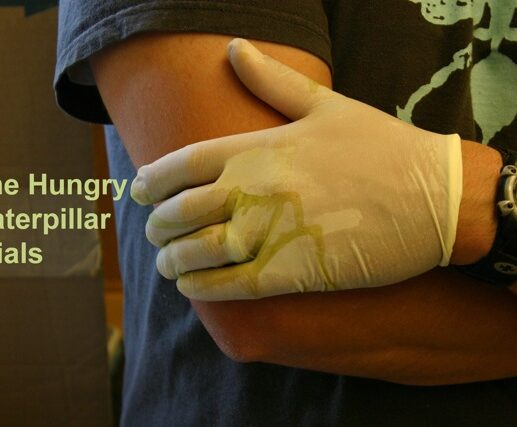
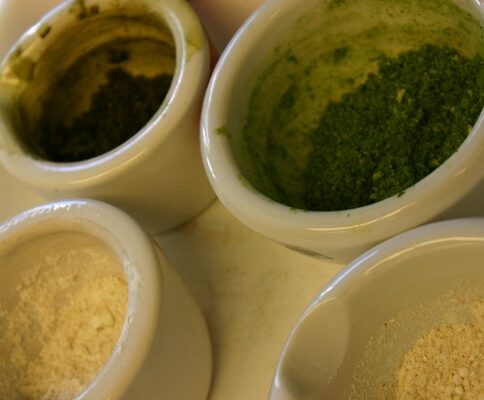
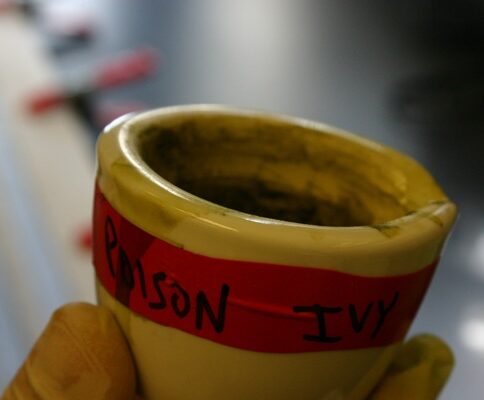
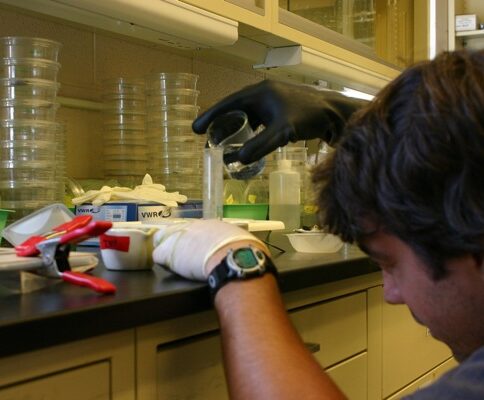

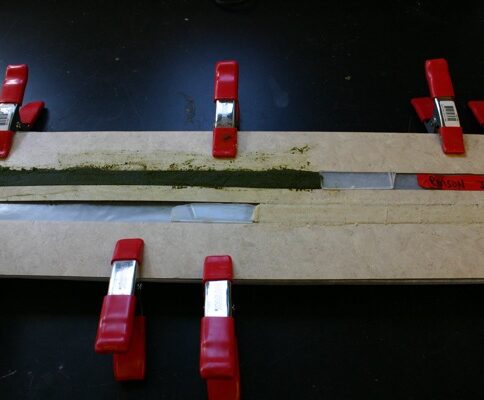
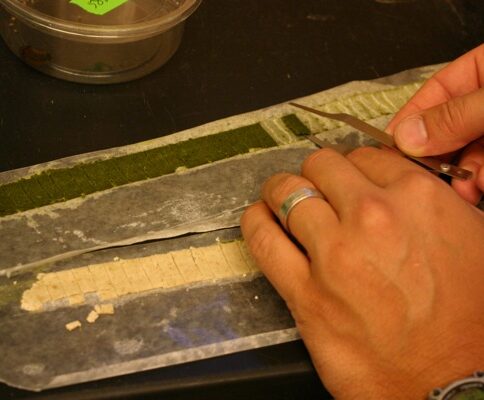
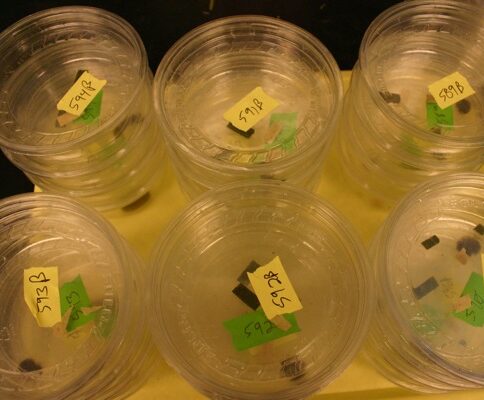
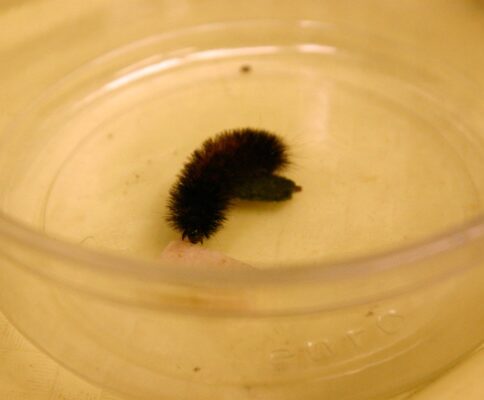
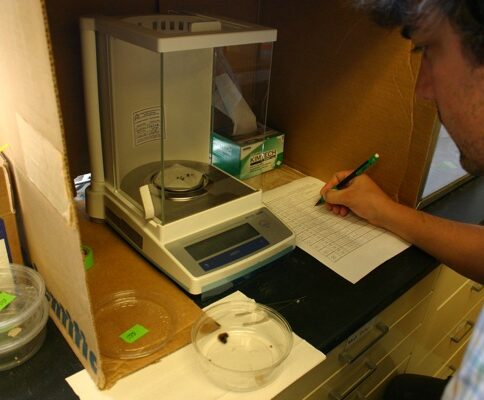
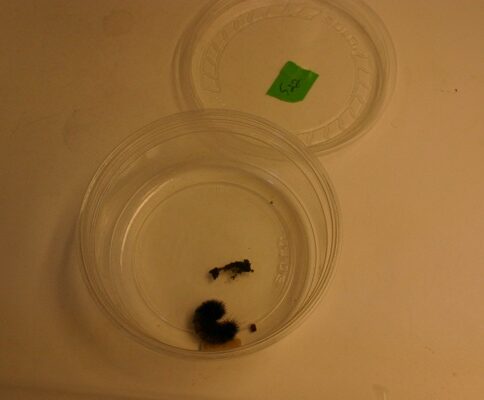

That’s a pretty interesting study. Are there any plans to execute it again with a different species of caterpillar?
That’s a good question, since different herbivores might have different tastes. For now we are considering the impact of another herbivore, but not a caterpillar—white tailed deer, a major consumer of plant biomass in the understory. We are using multiple methods to get at the question of whether invasive plants are more protected against these bigger animals, though of course taste-testing in the lab is out of the question! — Eric Lind
I don’t mean to appear ignorant but surely the reason that this species of caterpillar is found amongst those plants it finds most palatable is because those are the plants it finds most palatable. It would be most strange indeed to find this caterpillar living amongst plants that it wouldn’t eat!